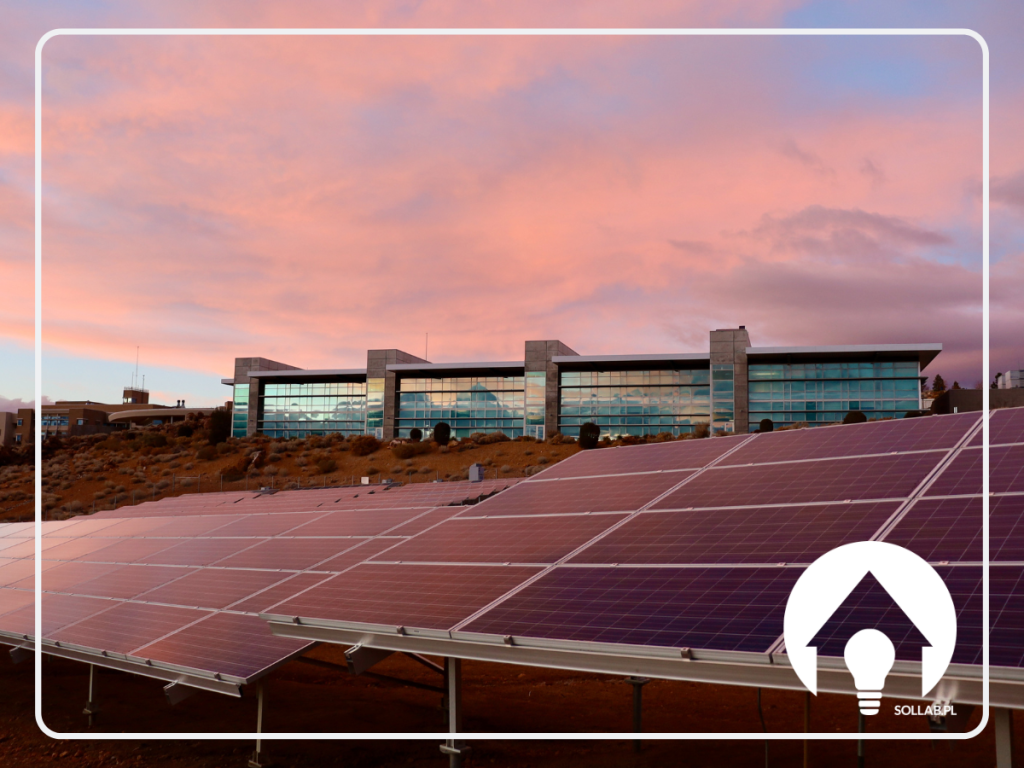Wondering how your photovoltaic system performs on cloudy days? Concerned that the system may not work effectively enough in winter?
It is a fact that PV panels produce most of their electricity during sunny times. Despite this, PV cells also produce electricity during cloudy periods.
Photovoltaics and the weather
Sometimes we find misinformation about solar PV, as if it only works in summer. However, this is not true: the vast majority of modern systems can also produce the right amount of electricity when there is little sunlight. The vast majority of modern installations are also able to produce the right amount of electricity even when there is little sunlight.
It is important to know that a photovoltaic system is year-round. During the summer, our systems produce more energy than we can consume. This excess is then used throughout the year.
Photovoltaic panels - impact of the weather
It is worth being aware that photovoltaic panels are only partly affected by weather conditions. Factors such as the angle of inclination of the panels, the direction of the photovoltaic cells in relation to the light and the location of the panels are also important. Weather is therefore only one aspect among many, and we do not need to worry about cloudy weather or cold weather, as they have little effect on the PV system.
Therefore, we do not need to fear that PV installations do not produce electricity during the winter or on cloudy days. Overcast weather only slightly affects the operation of PV cells - they do not need to have continuous sunshine or clear skies to function properly.
This is because what matters most is the annual balance, not the individual day or season. Single cloudy days are irrelevant.
We often wonder about the optimal positioning of photovoltaic panels. There is no clear answer to this dilemma, as both east-west and south-facing plants will provide us with a similar amount of energy. A hint can be provided by the lifestyle of the occupants of a particular building - if they are in the building all day, east-west will be better, as it will increase the current consumption.
This will ensure that there is no energy storage on the grid. A south-facing installation, on the other hand, may prove to be a slightly cheaper solution.
















